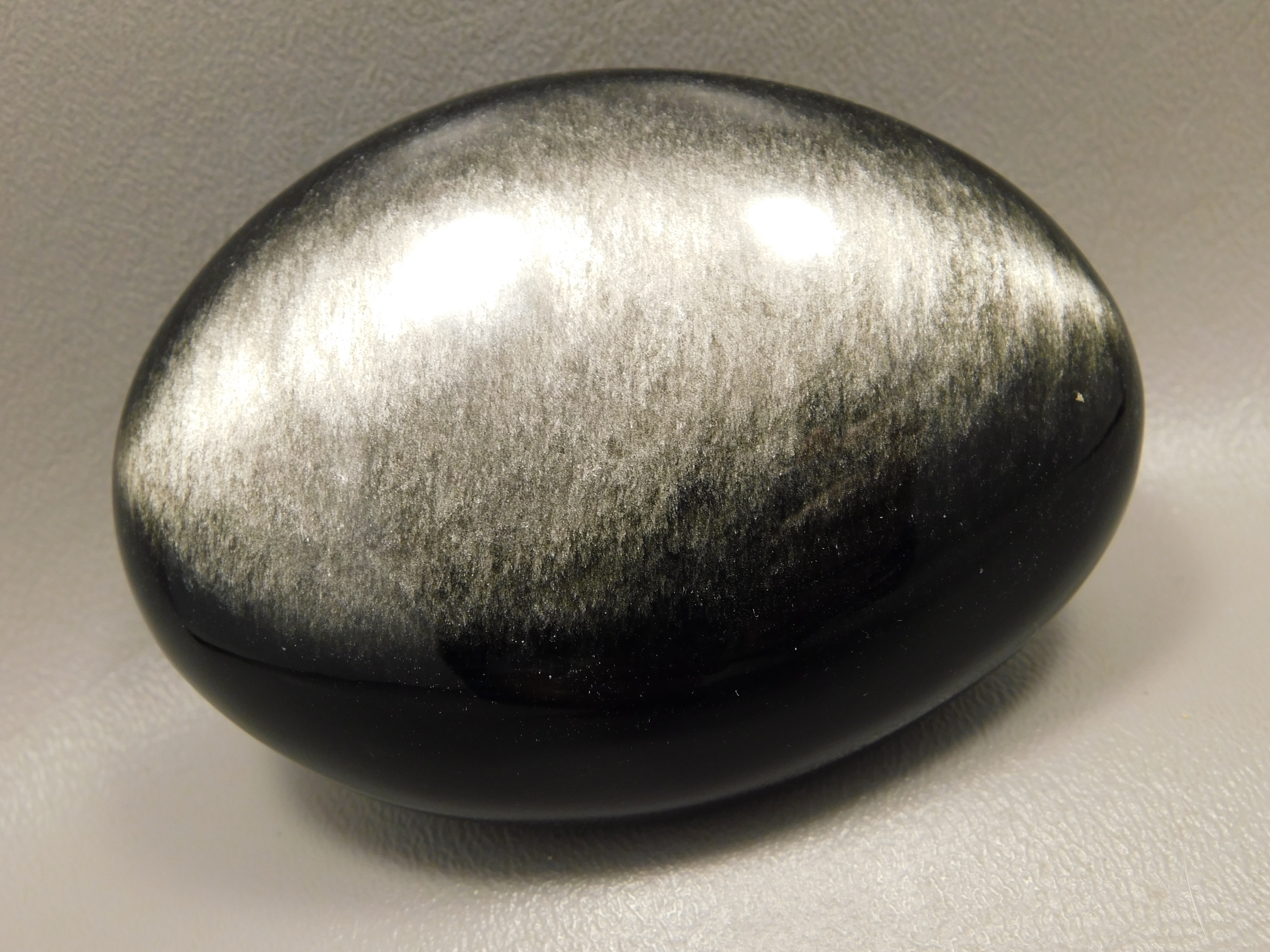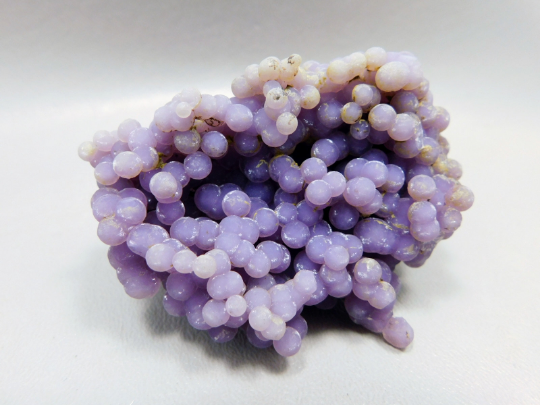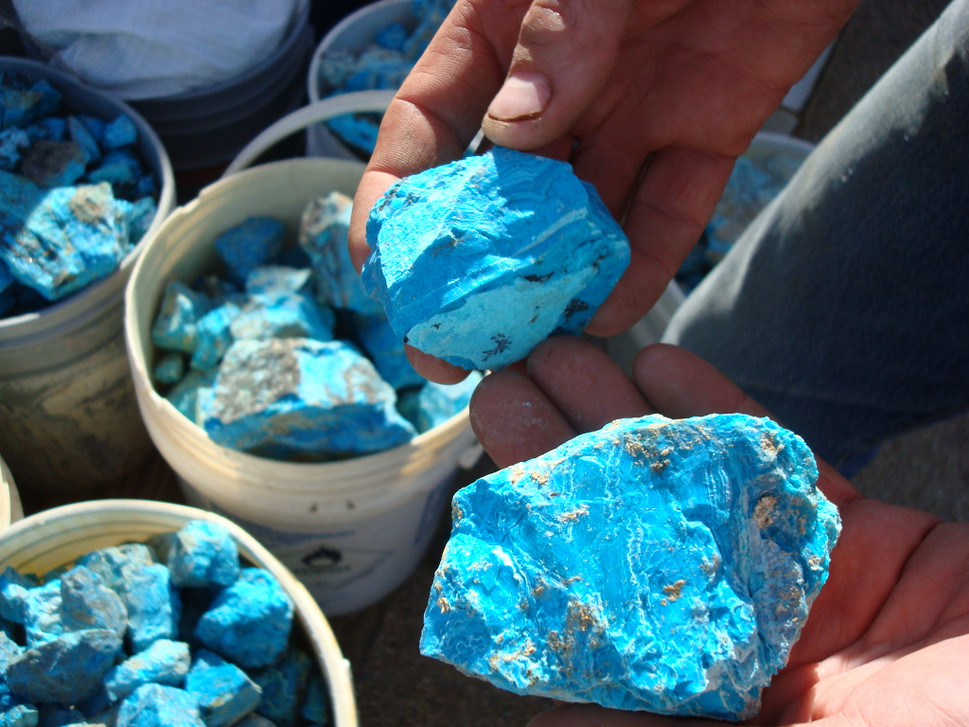Rock and Mineral Identification-A Rockhounders Guide
I’m writing this guide to help you understand a little better what some of these minerals or rocks may be or how to find more of them.
This is not for the serious collector who spends big bucks on specimens, or someone who wants an appraisal on their collection. This is for the rockhounder or person who loves rocks and minerals, buys them because they look pretty, or goes out in the hills to treasure hunt. Most of us remember collecting rocks as kids. We didn’t care if they were valuable. We just cared that they were pretty and we enjoyed them. Mine I kept in a flowerpot on my window sill, and later in a flowerbed in front of my house!
First off, what is a mineral? Or a rock?
Wikipedia states “A mineral is a naturally occurring substance formed through geological processes that has a characteristic chemical composition, a highly ordered atomic structure and specific physical properties. A rock, by comparison, is an aggregate of minerals and need not have a specific chemical composition. Minerals range in composition from pure elements and simple salts to very complex silicates with thousands of known forms. To be classified as a "true" mineral, a substance must be a solid and have a crystalline structure. It must also be a naturally occurring, homogeneous substance with a defined chemical composition.”
Rocks can be one mineral if they are massive, but are more commonly several minerals cemented together.
They can also be organic (amber, fossils…), or like obsidian; a natural glass, that varies in chemical composition. 
Or even a meteorite!
Currently there are more than 4,000 known minerals, according to the International Mineralogical Association, which approves and names any new minerals found. Of these, about 150 are considered common, 50 are found occasionally, and the rest are rare to extremely rare.
Whether buying online or searching outdoors, it really doesn’t matter what you collect, as long as it is a “gem”. Gem is not a scientific term. Both rocks and minerals can be gems. Gems are chosen by their beauty, their wearability, and their rarity. But beauty is in the eye of the beholder. So if it looks good to you, it’s a gem and worth collecting! The old way of classifying rocks as precious or semi-precious is really not accurate, because some rocks are far more rare and valuable then the precious stones the general public knows!
So without an expert in our pocket, or some very expensive equipment-how do we know what we are buying or collecting?
Appearance- a magnifying glass can help and natural sunlight is the best. Many minerals are well known and easily identifiable by their color. Malachite is a banded green, Turquoise a sky blue, and Pyrite is called “Fool’s Gold” for a reason! Of course other rocks and minerals can be these colors too. And some minerals can actually vary in color. Turquoise can be green. Other things we can look for are transparency-can you see through the rock if it is held with light behind it? Agates tend to be translucent, whereas jaspers usually aren’t. If a rock is transparent, the clearer it is the more valuable it is. Or we can look at the rock’s luster or shininess. The luster of a rock can be metallic, adamantine (sparkly), vitreous (shiny like glass), resinous (semi glossy), pearly (has a iridescence or glow), chatoyant (has a glowing effect when you roll it like a light moving across the surface), or silky (fibrous). Tiger eye is known for its chatoyant gold color. The fiery glow of opal or fire agate is easily spotted.
Hardness-Everyone has heard of the Mohs scale, designed in 1822 by a German mineralogist named Friedrich Mohs. He determined that diamond is the hardest mineral known to man (10), and that talc is the softest (1). His scale is ordered so that any of the minerals can be scratched by the ones above it, and in turn they can scratch the ones below it. The difference in the hardness is not necessarily equal (say from 10 to 9 may not be the same as from 5 to 4).
The scale is:
10 Diamond
9 Corundum
8 Topaz
7 Quartz (the most common rock found, and generally considered the end of the “hard” rocks)
6 Feldspar
5 Apatite
4 Fluorite
3 Calcite
2 Gypsum
1 Talc
You can buy inexpensive kits with items to test hardness, or you can use household items. A good steel knife blade is a 6, glass is a 5.5, a copper penny is a 3, and a fingernail is about 2.5. And by the way, hardness has nothing to do with toughness. Diamonds can be broken, and when rockhounding some rocks can be broken very easily, others you’ll really have to work at! Jade is the toughest rock there is.
Weight-Minerals have different density. Some are very light, like amber. Some are much heavier, like meteorites. To officially classify a mineral there is equipment to identify its “specific gravity”.
Magnetism-Meteorites generally contain nickel iron and are magnetic. In fact, besides a metal detector, the best way to find them is with a magnet. Magnetite and Pyrrhotite are also capable of being picked up by a magnet. Rocks that have iron, cobalt, or nickel may feel slightly magnetic.
Habit-The “habit” is the tendency of minerals to grow a certain way. There is lots of scientific information available, in books or on the web, as to geometric shapes and crystal formations, so I won’t cover it all here.

There are stalagmites, stalactites, botryoidal (like grape clusters shown on the left!), drusy (covered with tiny crystals), etc.
One good book can get you started!
Look for them on Amazon here: Gem Trails of ...Books
So where does one look for rocks to collect? Well the easiest way is to visit a local rock shop, a gem and mineral show, or shop on ebay or etsy.
You can see me on ebay here: OneofAKindRocks
or visit me on etsy here: BarlowsGems
Ask lots of questions. Like any field, it is buyer beware. Look for a reputable dealer who has been around awhile and has a good reputation or feedback record.
If you want to try your hand at rockhounding on your own, be sure to stay safe. There are lots of good books to get your started on where to look. Including a series of Gem Trails of (insert your state here) books.
Make sure you are allowed to be where you are, and that you bring safety supplies-water, gloves, first aid kit, etc. And some hand tools-rock hammers, chisels, etc. And most important! FOLLOW GOOD MANNERS. Close gates, pick up your trash, fill in holes you dig, avoid driving off road, etc. Take someone with you and tell someone else where you are going. Check with your local rock club for field trips or locations. Another good place to get information is at your local rock museum.
Once you start collecting-you will be hooked! Then come back to www.barlowsgems.net to start collecting cabochons!
 US Dollar
US Dollar
 Australian Dollar
Australian Dollar
 Euro
Euro
 Canadian Dollar
Canadian Dollar
 British Pound Sterling
British Pound Sterling

